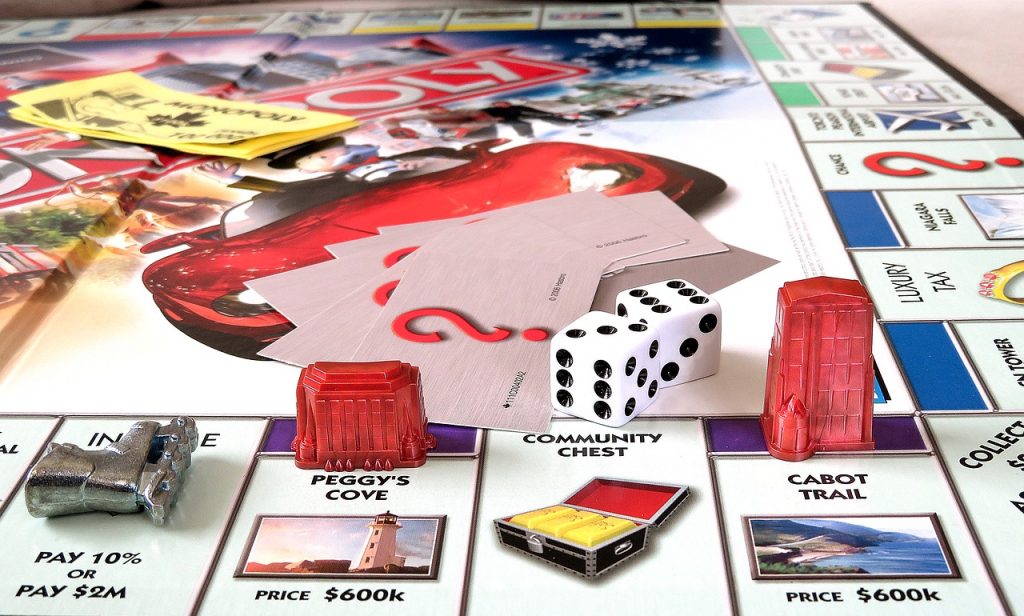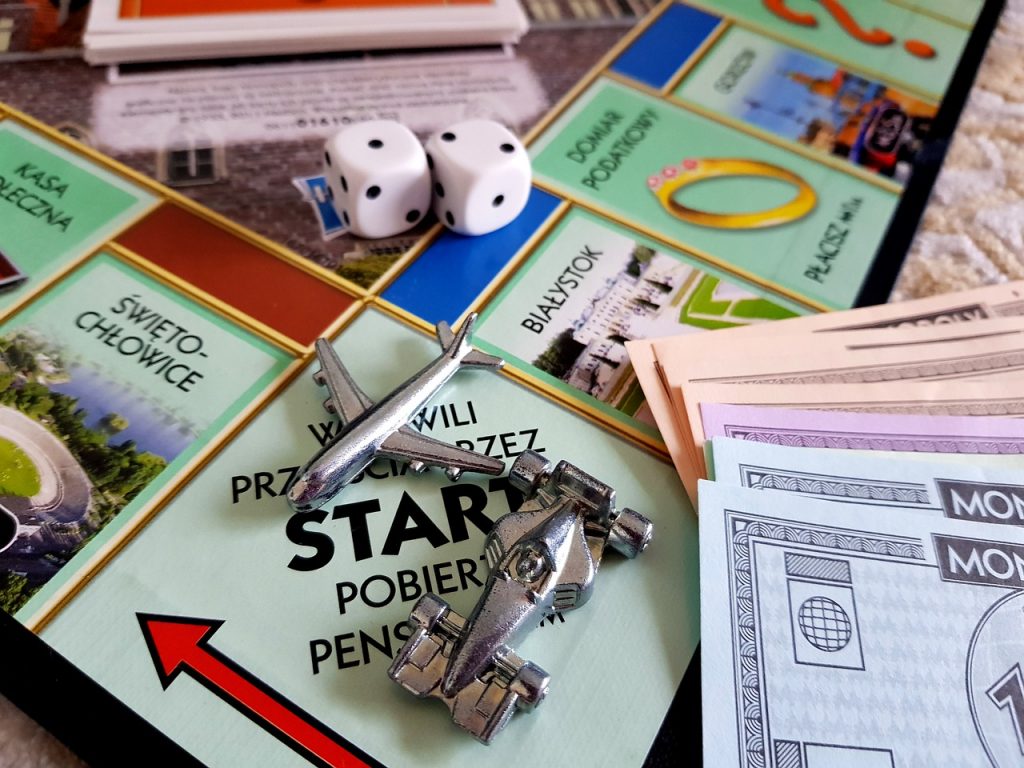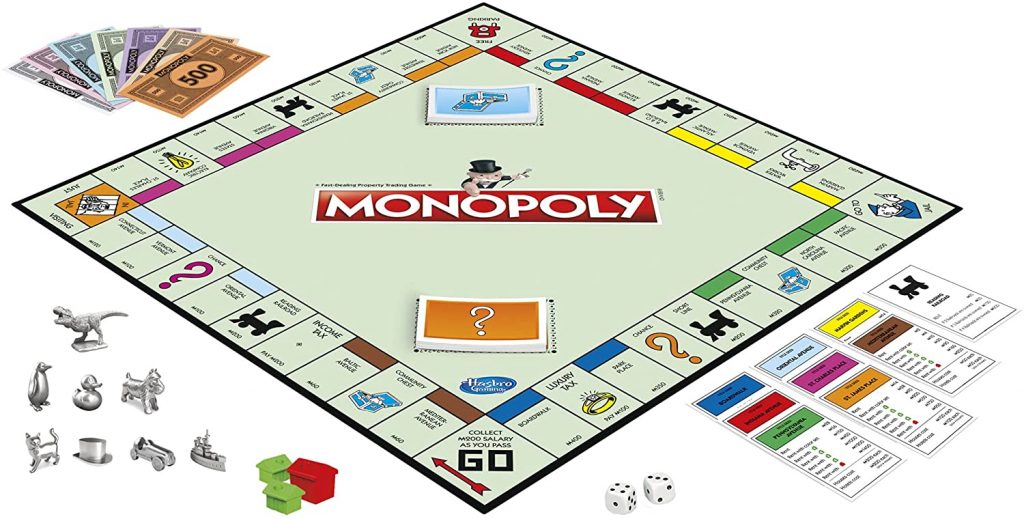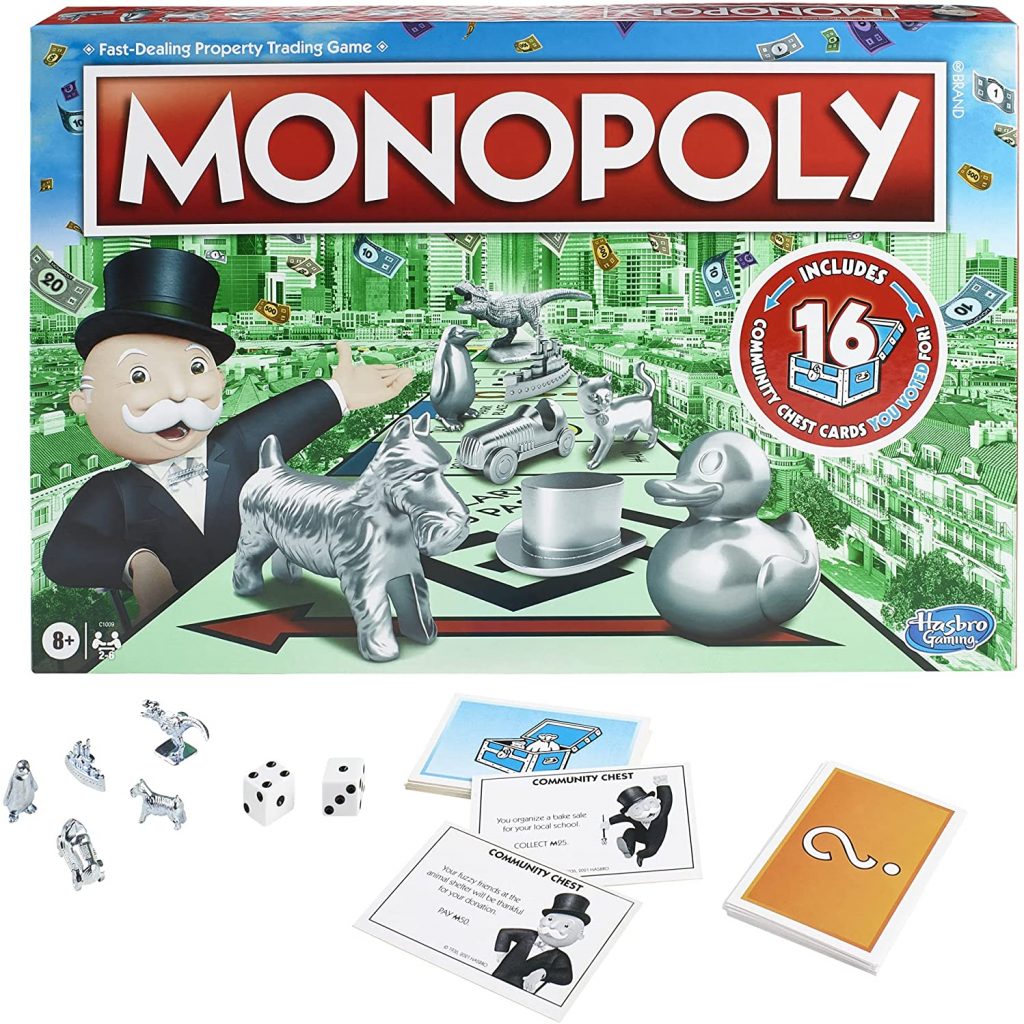The History of Monopoly And How Much It Has Changed
Monopoly was first developed as the Landlord's Game in 1902 and has sold more than 80 million copies worldwide.
This article is more than 2 years old

It is probably the most famous board game of all time. The premise is simple enough. Roll the dice and move around a board buying properties, railroads, and utilities all while trying to stay out of jail and avoid landing on properties other players own. Each time making it around the board and passing “GO”, it’s time to collect a nice fee. It was invented in 1903 and is called The Landlord’s Game. That’s right, it’s Monopoly it has become a part of our cultural unlike really any other board game.
LIZZIE MAGGIE DESIGNED THE LANDLORD’S GAME IN 1902

Lizzie Magie was not your typical gal of the late 1800s. She was a rare bird, one that was an activist for the feminist movement and Georgism. She had her own ideas about many things including her staunch belief that anything a man could do, so could women. It was not a popular belief at the time, but frankly, Magie didn’t care.
Along with her activism, Magie was an inventor of sorts. The impressive young Lizzie was also a stenographer, a writer, and more importantly, a game designer. Other than being a stenographer, her other persuasions were practically unheard of for women at that time.
From 1902 through 1903, Magie designed The Landlord’s Game. She based it on the economic principles proposed by Henry George and was meant to teach players how rents can enrich the property owners while tenants suffer. Magie got her first patent for the game in 1904.
As the game began to grow in popularity, Magie tried to get it to the masses. In 1909, she approached Parker Brothers to publish The Landlord’s Game and one other game. The other game was accepted by Parker Brothers, but The Landlord’s Game was turned down as they deemed it too complicated.
Although she didn’t get the backing from Parker Brothers, the game continued to make small waves with college students and economic professors. When her first patent expired in 1923, she applied for and received and second one in 1924.
But the popularity of the game was creating spin-offs, and this is where Charles Darrow enters the picture. Darrow was an unemployed salesman who, like most of the country, was trying to make ends meet during the Great Depression. Darrow had never seen The Landlord’s Game when he and his wife were invited over to a friend’s home one evening. They played the game several times and as the evening ended, Darrow asked for a written set of the rules to the game.
From this, Darrow began to build his own game, one he called Monopoly. It was about to make him one wealthy man.
MONOPOLY HAS MULTIPLE PEOPLE CLAIM THEY INVENTED THE GAME

Charles Darrow first took his version of Magie’s game to Milton Bradley in 1934. He tried to sell it as his own personal invention. The game was rejected. Darrow then took the game to Parker Brothers, but they too rejected the game because, like Magie’s game, it was too complicated, too technical, and it took way too long to complete.
In early 1935, Parker Brothers got wind of how good Darrow’s Monopoly sales were over the holiday season in Philadelphia and at the big F.A.O. Schwarz toy store in New York. This piqued their interest so Robert Barton, the CEO of Parker Brothers, reached out to Darrow for a meeting. Shortly after, they purchased his game and helped him get his patent.
It wasn’t long after Parker Brothers bought the game that they found out Darrow wasn’t the sole inventor. They discovered that Darrow’s game was built on Magie’s original concept. They produced enough copies of the game to get the copyright, then set out to purchase Magie’s 1924 patent and the copyrights of any other version of the game so they could make Monopoly the one and only. For Magie’s trouble, she received $500 for her patent and did not receive one dime more until her death in 1948.
Parker Brothers had a hit on their hands. Darrow’s royalties from the game made him an instant millionaire. Magie, before she passed, fought Darrow and Parker Brothers the entire way, claiming time and again that Monopoly was her game. Sadly, Magie never got the proper recognition until decades later.
Parker Brothers didn’t sit on their laurels with the game’s U.S. popularity. They sent the game overseas to England, where they were immediately impressed with the game. Parker Brothers then granted Waddington Games the licensing rights to Monopoly. The game was very successful in the United Kingdom and France.
Back home, Parker Brothers began to publish different editions of the game. By 1936, they had four editions to go along with the original two editions. The four new ones were the Popular Edition, Fine Edition, Gold Edition, and Deluxe Edition. The prices ranged from $2 to $25, which was a pricey purchase in the mid-1930s.
BY 1974 MORE THAN 80 MILLION VERSIONS OF MONOPOLY HAD BEEN SOLD

As the years went on and Monopoly continued to dominate the board game market, numerous different versions were produced. During World War II, the game pieces were wooden, and the cellophane wrapping was eliminated. Over in the UK, the metal game tokens were removed, and a spinner was introduced to take place of the dice. Sadly, this was also the time that Magie’s relationship with the game was buried.
The game remained popular as the war continued but it was after the war that the game became even more popular. Sales climbed to over a million per year and Spain, Greece, Finland, and Israel began to make their first editions.
As Parker Brothers joined forces with General Mills, the game’s popularity never wavered. By 1974, it was estimated that over 80 million copies of the game had been sold. Kenner became part of Parker Brothers and new editions of the game were produced.
Not only were different editions created but whole new games as well. Monopoly Junior hit the market in 1990. The game was then being used to advertise different cities across the country. The San Diego edition was the very first of many.
Monopoly’s 60th Anniversary edition was released inside a gold box. Then, Hasbro, who now owned the game, announced that they were going to add a brand-new token to the US standard editions of the game, and they were going to let voters choose.
The selections included a biplane, a piggy bank, and a sack of money. The sack of money was the overwhelming choice and became the very first token to be added to the game since the mid-1950s.
Today, you will see any number of Monopoly games. In fact, it may be more difficult to get just an original version of the game with as many “special” editions on the market.
At last count, there are well over 1,000 editions of Monopoly. Some of the crazy “special” editions include versions based on American Choppers, Coca-Cola, John Deere, MnM’s, AC/DC, the Beatles, Game of Thrones, Doctor Who 50th Anniversary, Firefly, Star Trek Limited, The Office, The Godfather, The Hobbit Trilogy, Marvel’s Avengers edition, and James Bond 007.
As far as where the game is headed, well, it certainly hasn’t lost its popularity. Sales remain brisk, especially with all the new versions popping up. As long as there are new movies, new TV shows, and new products to push, it doesn’t appear Monopoly is going away any time soon.
Lizzie Magie is deserving of more recognition. She would be proud of her accomplishment.





